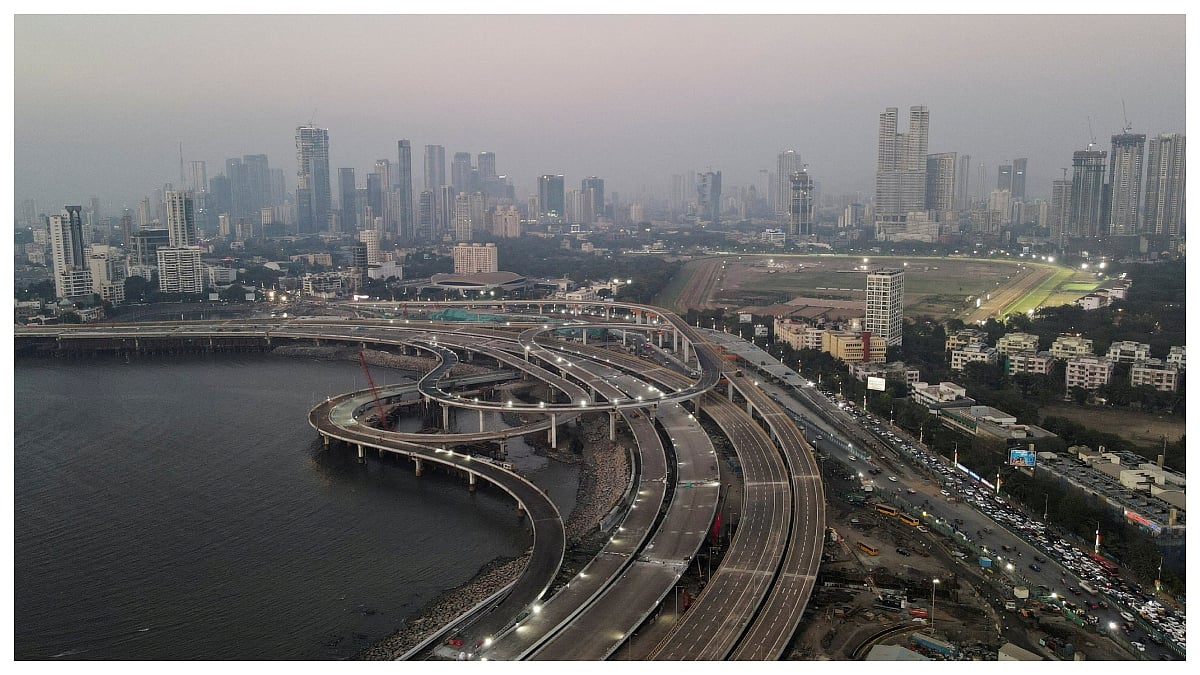India’s Highway Toll Revenues Grow 16% To ₹49,193 Crore In January–September 2025
While traffic volumes have grown strongly in the past two years, ICRA reported that revenues grew faster than volumes, partly due to a higher share of heavy vehicles and revised user fees.

File Image |
New Delhi: India’s highway toll revenues grew by nearly 16 per cent (year-on-year) to Rs 49,193 crore in January–September 2025, due to higher vehicle throughput and periodic toll rate revisions, a report said on Tuesday. In the same period, toll-paying traffic volumes rose by 12 per cent to 26,864 lakh, the report from ICRA Analytics said.
Nationwide electronic toll collection touched a record high of Rs 57,940 crore in 2024, marking an increase of nearly 11 per cent (on-year). Toll-paying transactions rose from 30,383 lakh in 2023 to 32,515 lakh in 2024, marking an annual growth of about 7 per cent in overall traffic, the report said. While traffic volumes have grown strongly in the past two years, ICRA reported that revenues grew faster than volumes, partly due to a higher share of heavy vehicles and revised user fees.
ALSO READ
The western and southern corridors consistently contributed over half of national toll revenues. "From January to September 2025, West India continues to lead with nearly 30 per cent of national toll revenues, followed by South (25 per cent) and North (23 per cent)," the report said. East and Central India together contribute about one-quarter of total collections, reflecting steady regional balance, the release noted.
East, Central, and West India are freight-centric regions, with commercial vehicles accounting for over 50 per cent of toll traffic, ICRA Analytics said. The patter reflects strong industrial and logistics activity along key mining-to-port corridors through Odisha and Andhra Pradesh, Chhattisgarh’s mineral belt, and key regions in North East, said Madhubani Sengupta, Head of Knowledge Services, ICRA Analytics.
Sengupta added that the overall pattern underlines India's multi-modal highway usage, where central, western and eastern corridors propel freight movement, while the north and south facilitate commuter and intercity passenger mobility. Corridors like NH-44, NH-47, and NH-52 in Central India carries both long-haul freight and growing inter-city passenger traffic, reflecting the zone’s transition from resource corridor to mixed-use highway network. In contrast, North and South India continue to be passenger-led, with cars and jeeps forming 65–70 per cent of toll transactions, driven by dense urban clusters, commuter belts, and higher personal vehicle penetration.
Disclaimer: This story is from the syndicated feed. Nothing has changed except the headline.
RECENT STORIES
-
-
-
-
-